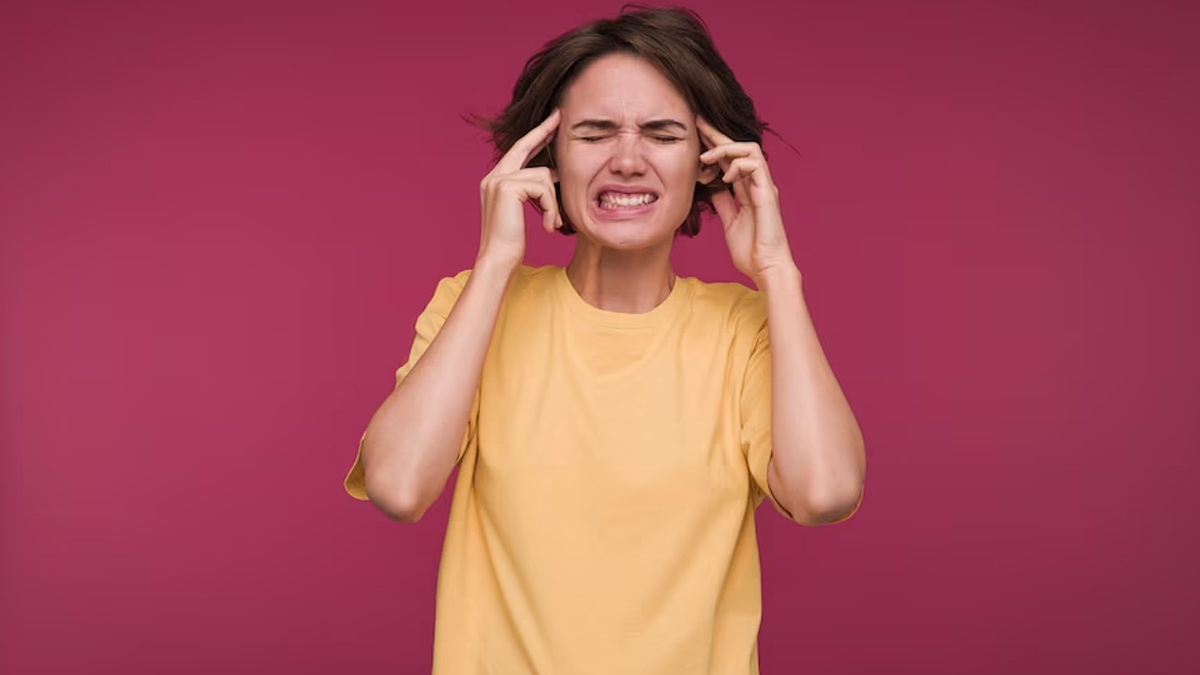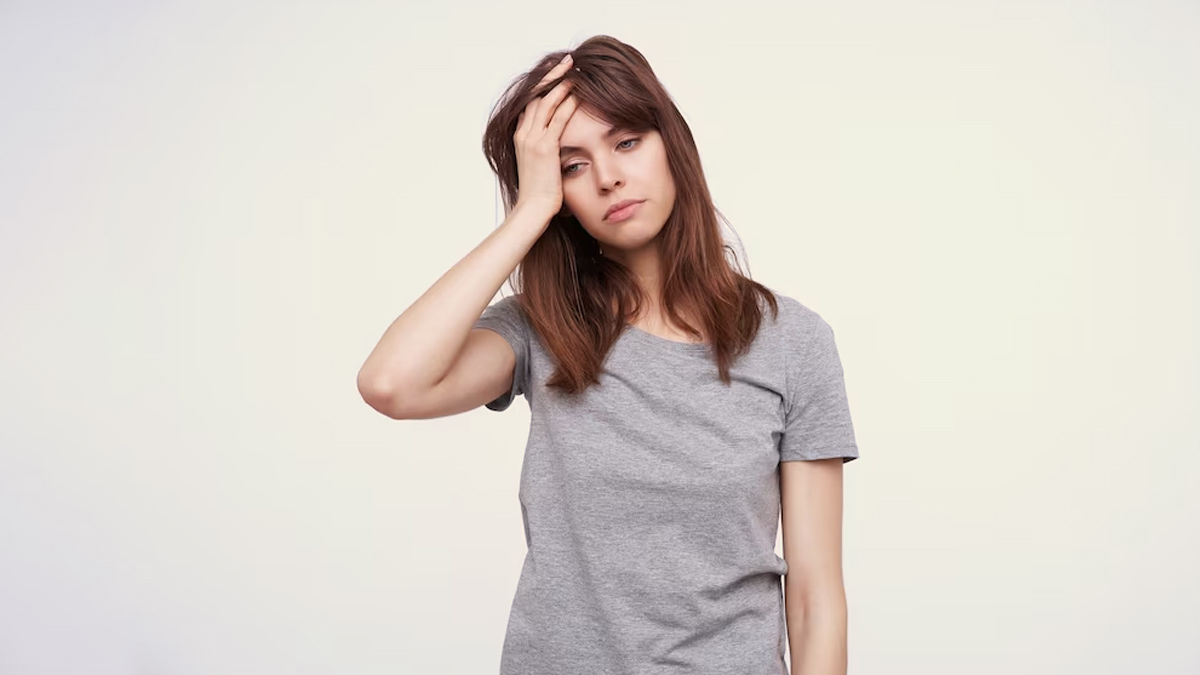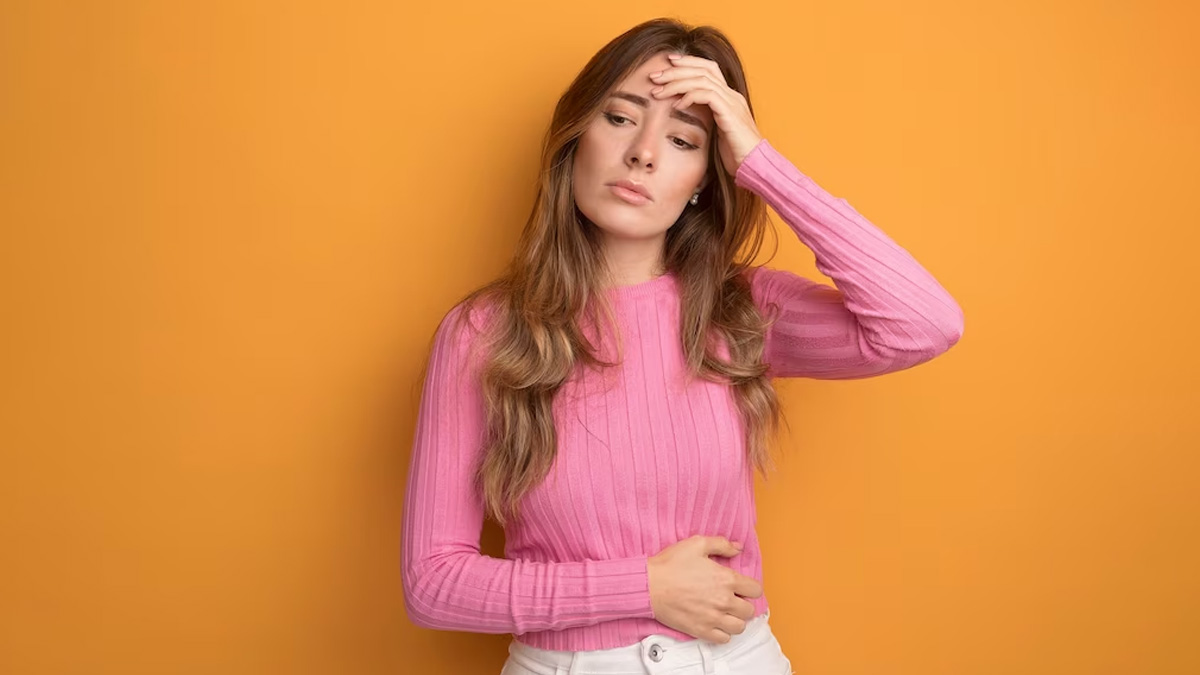
Migraines, often characterised by excruciating headaches, nausea, and sensitivity to light and sound, affect a significant portion of the population. However, the impact of migraines is particularly pronounced in women, with three times as many women experiencing these intense headaches compared to men. To delve deeper into this phenomenon, we had a conversation with Dr Kandraju Sai Satish, Consultant Neurologist and Epileptologist, Yashoda Hospitals, Hyderabad.
Table of Content:-
What is a Migraine?
"Migraine is characterised by a headache affecting predominantly one side, nausea or vomiting, and sensitivity to sound and light. It affects adults between 20 and 50 years of age and women are three times more frequently affected," said Dr Satish.
Migraines in Women
In females, migraine becomes more frequent after attaining puberty, during pregnancy and abates after menopause. According to UCLA Health, for each man dealing with a migraine, three women find themselves afflicted by these intense headaches. This means that 18-25% of women experience migraines, solidifying its position as one of the prevailing incapacitating conditions affecting women worldwide.

As per Dr Satish, migraine in females, as compared to males is not only more frequent but also is more severe in intensity and duration.
Also Read: Migraine Without Headache: Signs To Identify A Silent Migraine?
Why Migraines in Women are Frequent and Severe Than in Men?
"The reasons for the female predilection for migraine are obscure, but there are many hypotheses to explain this phenomenon," said Dr Satish.
Hormonal Influence
"First, the hormonal milieu of women is quite different. The oestrogen hormone has a significant impact on the excitability of the nervous system," said Dr Satish.
He added that there is the presence of oestrogen receptors on the pain-sensing neurological network (the trigeminovascular system) and its functions vary due to rapidly changing hormonal levels. This could explain why migraine incidence rapidly increases during puberty, the reproductive age group, and declines in the elderly phase.

"Many women experience an exacerbation of their migraine symptoms just before the onset of their menstrual cycle. Furthermore, it has been observed that women suffering from perimenstrual migraine bear a more pronounced disease burden compared to those without such migraines during this phase," stated Dr Satish.
He suggested that in this group, attacks occurring during the perimenstrual period tend to be more resistant to treatment than those happening outside of it. Dr Satish said that while oestrogen's impact on migraine severity is known, progesterone, another major female hormone, does not appear to play a role in this context.
Also Read: Migraine: Health Risks Associated To Migraine Pain
Modulation of Serotonin
"Additionally, the association between low serotonin levels in the brain and diminished serotonin synthesis is linked to migraines. Serotonin, synthesised from tryptophan through enzymatic processes, is subject to the influence of oestrogen at various stages of tryptophan metabolism, thereby contributing to the modulation of migraine attacks," explained Dr Staish.
Stress and Lifestyle
"Secondly, as women are multitaskers, managing the home, and profession, it is understandable that they have high stress levels. As we know higher the stress, the more severe, frequent and longer the migraine attacks," highlighted Dr Satish.
Irregular Sleep Schedules and Diet
"Irregular sleep schedules, dietary habits (fasting which is quite commonly seen in Indian women as part of the socio-economic obligations) and add further to the woes of women migraineurs," said Dr Satish.
Conclusion
Considering the different characteristics that women have, the medications and their timing for headaches are quite important in managing migraine effectively.
[Disclaimer: This article is for informational purposes only. Consult your healthcare provider to get a thorough diagnosis and treatment as per your health needs.]
Image Credits: freepik
Also watch this video
How we keep this article up to date:
We work with experts and keep a close eye on the latest in health and wellness. Whenever there is a new research or helpful information, we update our articles with accurate and useful advice.
Current Version